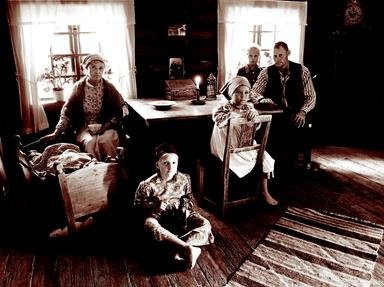Quiz Answer Key and Fun Facts
1. The Mountain Meadows Massacre occurred during the conflict known as the "Utah War." Who were the opposing forces in the war?
2. The Baker-Fancher wagon-train consisted of around 150 unarmed, non-Mormon civilians. The train was traveling through Salt Lake City and came to rest in the area of Mountain Meadows. Where was the wagon-train headed?
3. The Mormon militia dressed as Native Americans during the attack.
4. John D. Lee, a leader of the local Mormon church, led the opening attack against the wagon-train, on Sept. 7th. Five days later, on the 11th, the wagon-train allowed him (still in disquise) to enter their camp. Why would they permit this?
5. Immediately before John D. Lee entered the camp on the 11th, an order had been given to annihilate all party members, except children seven years and under (some accounts record the age limit as six). Why was this order given?
6. The surviving children were fostered in Mormon homes. What happened to most of the property and possessions of the deceased?
7. This man's involvement in the massacre is widely debated, to this day. He was the leader of the Mormons through the Utah War, including the Mountain Meadows and the Aiken massacres. Historians within the LDS church claim that he rejected the idea of attacking the party, but his letter arrived two days late, on Sept. 13, 1857. What is his name?
8. The government of the United States issued indictments and arrested several leaders of the local Mormon church and its militia. But, in the end, how many were actually convicted?
9. What happened to John D. Lee?
10. The Mormon leadership still denies involvement and refuses to issue and apology.
Source: Author
Lorvanwa
This quiz was reviewed by FunTrivia editor
bloomsby before going online.
Any errors found in FunTrivia content are routinely corrected through our feedback system.
